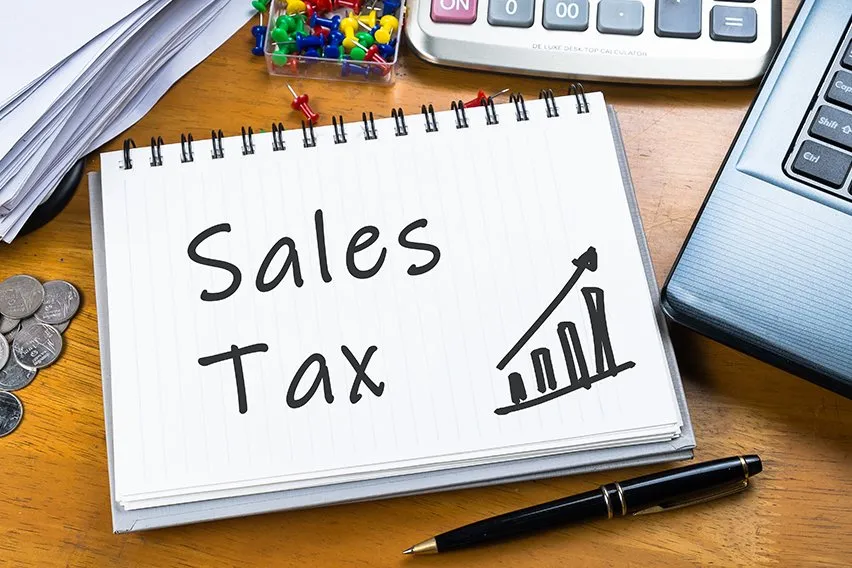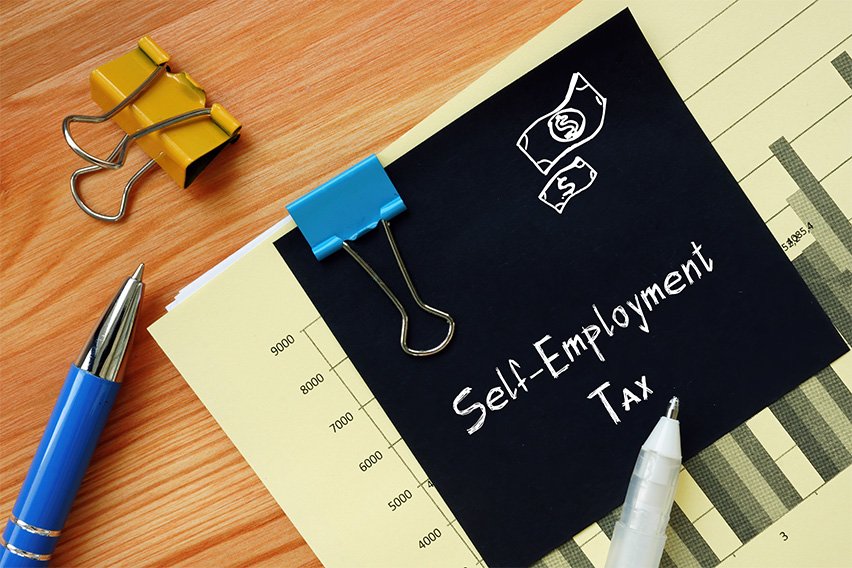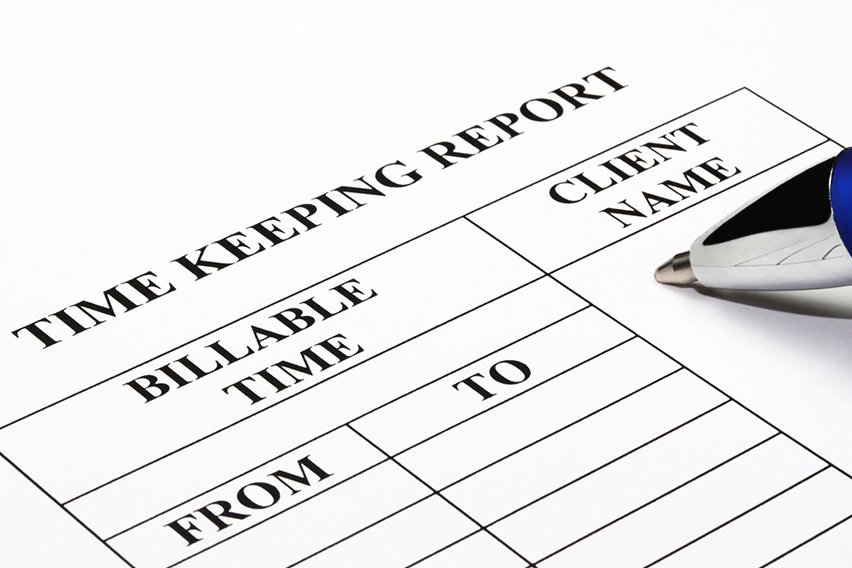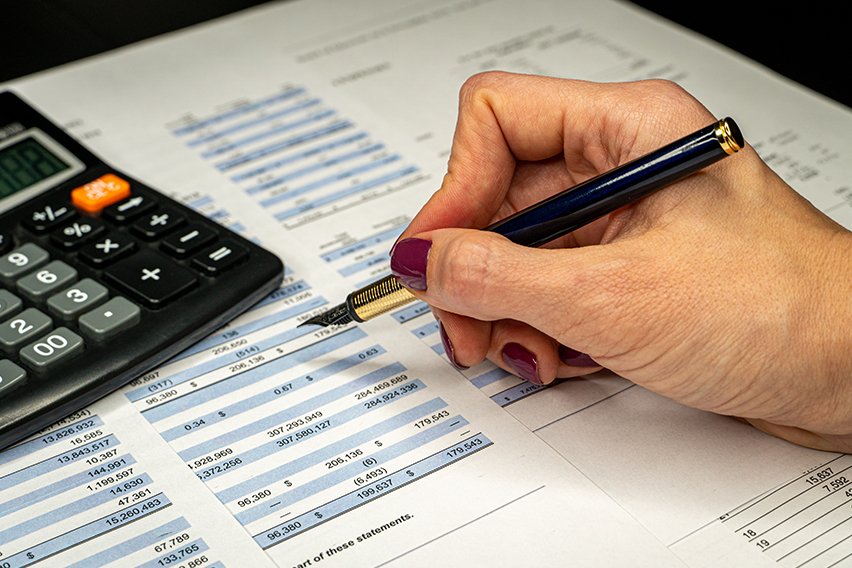Accounting for Sales Tax: What Is Sales Tax and How to Account for It

Sales tax is the tax that businesses impose on customers when they purchase goods and services. The sales tax is then remitted to the state or local government within a prescribed period. This is why it’s known as a pass-through tax.
What this article covers:
- What Is Sales Tax?
- How to Account for Sales Tax?
- What Is the Journal Entry for Sales Tax?
- Is Sales Tax Recorded as an Expense?
- What Type of Account Is Sales Tax Payable?

What Is Sales Tax?
Sales tax is imposed on the price of some goods or services. It’s charged as a percentage of the selling price and is collected at the time of the sale.
The amount of sales tax depends on the state, city and country your business has a physical presence in. Since the sales tax regulations vary across different states, it’s common for businesses to have separate sales tax liability accounts for each state.
Do You Need to Collect Sales Tax?
Maybe. Most states enforce sales tax on some goods and services. If you sell a physical product or a service that isn’t exempt from sales tax, you may need to collect sales tax on sales within your state and possibly on sales outside of your state. Each state has different rules and requirements, so it’s best to check with the state you do business in to understand their requirements.
If your business has nexus or a presence in more than one location, you might need to collect and remit sales tax for other states as well. Check with the state you’re selling goods or services to, to understand how they define nexus for out of state sellers. For example, Ohio requires that out of state sellers who have at least 200 transactions or $100,000 in gross sales collect sales tax, even if they have no physical presence in the state.
How to Account for Sales Tax?
Since the business is collecting sales tax on behalf of tax authorities, the tax is not recorded as a part of the revenue.
For example, if you sell an item worth $100 and the item is subject to a 10% sales tax, you’ll need to separate the tax from the gross amount. The sales tax for the above transaction is:
Sales Tax = Total Sales x Sales Tax Rate
Sales Tax: 100 x 10/100 = $10
You will debit cash for $110. You will also credit sales for $100 and sales tax payable for $10.
Also Read: How to Report Sales Tax Collected
What Is the Journal Entry for Sales Tax?
The journal entry for sales tax is a debit to the accounts receivable or cash account for the entire amount of the invoice or cash received, a credit to the sales account and a credit to the sales tax payable account for the amount of sales taxes billed.
The accounting entry to record the sale involving sales tax will, therefore, be as follows:
| Debit | Cash / Accounts Receivable |
| Credit | Sales |
| Credit | Sales Tax Payable |
Once the sales taxes are remitted, you’ll debit the Sales Tax Payable account and credit Cash.
If a business buys any items from its vendors and pays a sales tax on these items, it charges the sales tax to expense in the current period, along with the cost of the items purchased.

Is Sales Tax Recorded as an Expense?
The business acts as a collection agency for the government by charging the sales tax. It will need to remit the government shortly after collecting the tax. When this is done, the business will reduce its cash and its sales tax liability.
In this situation, the sales tax is not an expense and it’s not part of the business income. From the business’ perspective, sales tax is a liability to the government until it is remitted.
What Type of Account Is Sales Tax Payable?
Once the sales tax is collected from the customers, it becomes a liability for the business. The Sales Tax Payable is a liability account in the balance sheet that keeps track of the sales tax collected from the customers on behalf of the governing tax authority.
It’s crucial for businesses to maintain accurate records, ensuring they can account for eligible expenses and potential sales tax deductions.
The business holds these funds and is liable for remitting them to the government on a timely basis.
If your business sells products or services on which sales taxes are levied, you will need to set up a system, collect, and pay sales tax on a timely basis.
Since each state has its own tax rate and list of taxable products and services, you’ll need to determine which products and services are taxable, determine the sales tax rates, check exemptions, collect the taxes and pay it to your state.
RELATED ARTICLES

 Business Deductions for the Self-Employed: 12 Overlooked Tax Deduction Tips
Business Deductions for the Self-Employed: 12 Overlooked Tax Deduction Tips Billable Hours: What Are They and How to Calculate Them
Billable Hours: What Are They and How to Calculate Them Is Land a Current or Long-Term Asset? How to Classify Land on the Balance Sheet
Is Land a Current or Long-Term Asset? How to Classify Land on the Balance Sheet Accounts Receivable and Accounts Payable: What’s the Difference?
Accounts Receivable and Accounts Payable: What’s the Difference? Inventory Write-Off: How To Do It With Examples
Inventory Write-Off: How To Do It With Examples Accounting For Startups: Everything You Need To Know In 2025
Accounting For Startups: Everything You Need To Know In 2025